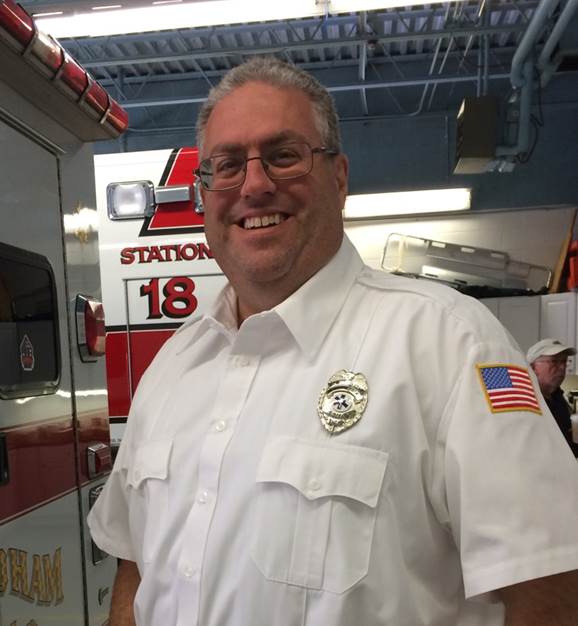|
I had a conversation with one of our volunteers, Cliff, who is also taking EMT classes. As far as coursework goes, he's still in the beginning stages, learning basic anatomy and getting familiar with the steps of patient assessment. As we're taught in class, patient assessment breaks down in to a series of discrete steps, starting with Scene Size-Up, moving in to a Primary Assessment for life-threats that require immediate interventions, and then on to Secondary Assessment and History Taking during which we more fully investigate the chief compliant(s) of our patients. Finally, we provide appropriate interventions and re-assessments while transporting them to the hospital. Cliff expressed concerns about the order of doing these various activities, ones that I also wrestled with. The coursework doesn't exactly feel right all the time, because the focus is on ensuring (and demonstrating) a complete understanding of ALL the steps in patient assessment, while the vast majority of real-world situations aren't nearly as linear. In particular, Cliff and I discussed the end step of the Primary Assessment (referred to as the "Transport Priority Decision"), and it really drove home for me the difference between reacting with a sense of urgency to an emergency situation, versus acting as if there is an emergency itself. Essentially, Cliff asked me how, if a Primary Assessment indicated that this patient required rapid transport, we would be able to complete all the remaining steps of secondary assessment and history taking if we left the scene and immediately headed towards the hospital.
It's an understandable question -- our gut reaction is certainly going to be towards doing whatever we can to get the patient to the hospital as quickly (and safely) as possible. However, Cliff was focusing on the "transport priority" element, and not the "decision" piece. Making the decision that this patient has a high transport priority doesn't mean "throw 'em in the back of the rig and haul to the hospital as fast as lights and sirens will let us go." Instead, it's really a guideline that tells us "OK, this patient needs attention as quickly and safely as well as we can provide for them, so let's minimize the time we spend here on scene." There are always key questions that we can only get answered while still on scene, including information from family and bystanders who may have initiated the 911 call. Or we could need to gather patient medication information by looking at the pill containers on their night table or medicine chest (or kitchen counter, yada yada yada). If you've ever watched us load a patient in to the back of our rig, and wondered why we were just sitting there, it's because certain activities are still important to complete before we get under way, including taking some basic vitals. I can now say with experience that it's quite difficult to take a blood pressure using a stethoscope in the back of a moving ambulance, especially one running lights and sirens. Skipping crucial steps by acting as if the emergency itself requires immediate action (which I call headless chicken mode) can lead an EMT to miss crucial information. Examples might be forgetting to assess the potential speed of an automobile collision, which should be leading us to maintain an index of suspicion for the types of hidden, unseen injuries that a patient may have. Or forgetting to ask a family member or bystander exactly what the patient was doing just prior to their emergency or when they last ate or drank something, which could cause us to miss signs of un-diagnosed diabetes or hypoglycemic (low blood sugar) crisis, for which EMTs can actually provide life-saving interventions. EMTs should never operate in "headless chicken mode". Even the most critical patient is already under our care on scene, and already being treated to our best abilities. While time always matters, in the end our goal should be to recognize the emergency, and act with a sense of urgency.
0 Comments
Your comment will be posted after it is approved.
Leave a Reply. |
AuthorJon Alperin, one of our MFAS volunteers, shares his journey to becoming an NJ certified EMT. from the Start
Here is Jon's journey, presented in time order:
Archives
June 2016
Categories
All
|



 RSS Feed
RSS Feed
